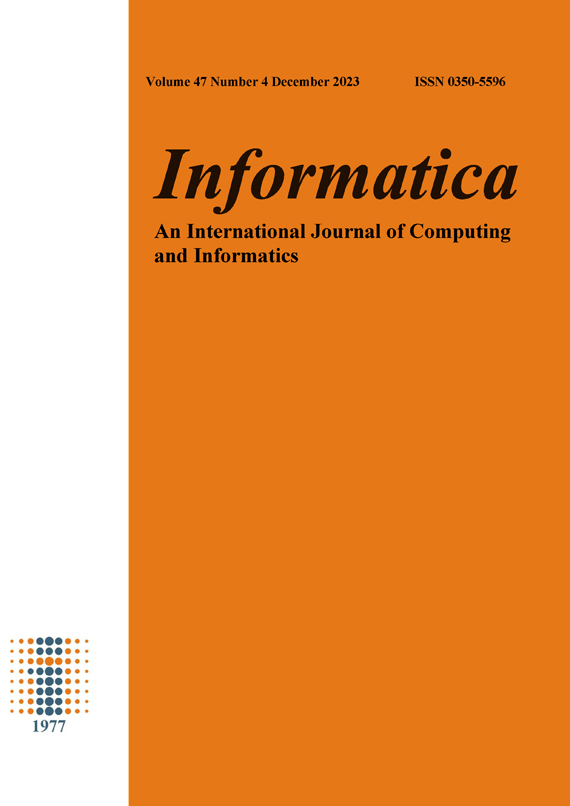Acne Vulgaris Detection and Classification: A Dual Integrated Deep CNN Model
DOI:
https://doi.org/10.31449/inf.v47i4.4384Abstract
Recognizing acne disease and evaluating its type is vital for the efficacy of the medical treatment. This report collects a dataset of 420 images and then labels them into seven different classes by a well-experienced dermatologist. After a pre-processing step, including local and global contrast enhancement and noise removal by a smoothing filter, the dataset size is enhanced using augmentation. The images of the dataset and the augmented ones are all fed into a novel integrated dual deep convolutional neural network (CNN) model to recognize acne disease and its type by classifying it into seven groups. First, two CNN-based units are designed to extract deep feature maps, later combined in a feature aggregation module. The aggregated features provide rich input information and classify the acne by a softmax. The proposed architecture's optimizer, loss function, and activation functions are all tuned so that both CNN units are trained with minimum kernel size and fewer training parameters. Thus, the computational cost is minimized. Compared with three machine learning-based classifiers and five pre-trained models, our model achieves competitive state-of-the-art performance with an accuracy of 97.53% on the developed dataset.Downloads
Published
Issue
Section
License
I assign to Informatica, An International Journal of Computing and Informatics ("Journal") the copyright in the manuscript identified above and any additional material (figures, tables, illustrations, software or other information intended for publication) submitted as part of or as a supplement to the manuscript ("Paper") in all forms and media throughout the world, in all languages, for the full term of copyright, effective when and if the article is accepted for publication. This transfer includes the right to reproduce and/or to distribute the Paper to other journals or digital libraries in electronic and online forms and systems.
I understand that I retain the rights to use the pre-prints, off-prints, accepted manuscript and published journal Paper for personal use, scholarly purposes and internal institutional use.
In certain cases, I can ask for retaining the publishing rights of the Paper. The Journal can permit or deny the request for publishing rights, to which I fully agree.
I declare that the submitted Paper is original, has been written by the stated authors and has not been published elsewhere nor is currently being considered for publication by any other journal and will not be submitted for such review while under review by this Journal. The Paper contains no material that violates proprietary rights of any other person or entity. I have obtained written permission from copyright owners for any excerpts from copyrighted works that are included and have credited the sources in my article. I have informed the co-author(s) of the terms of this publishing agreement.
Copyright © Slovenian Society Informatika








